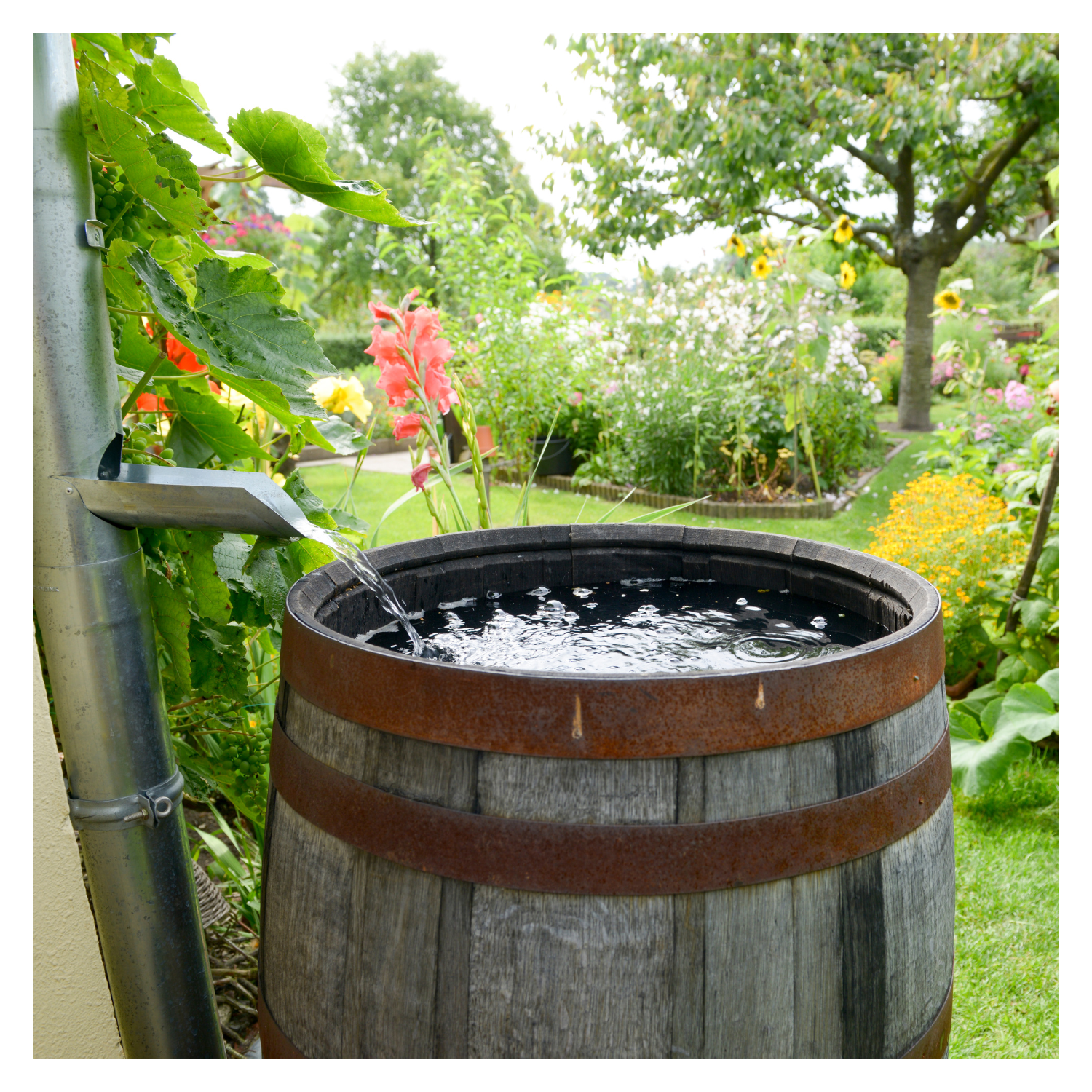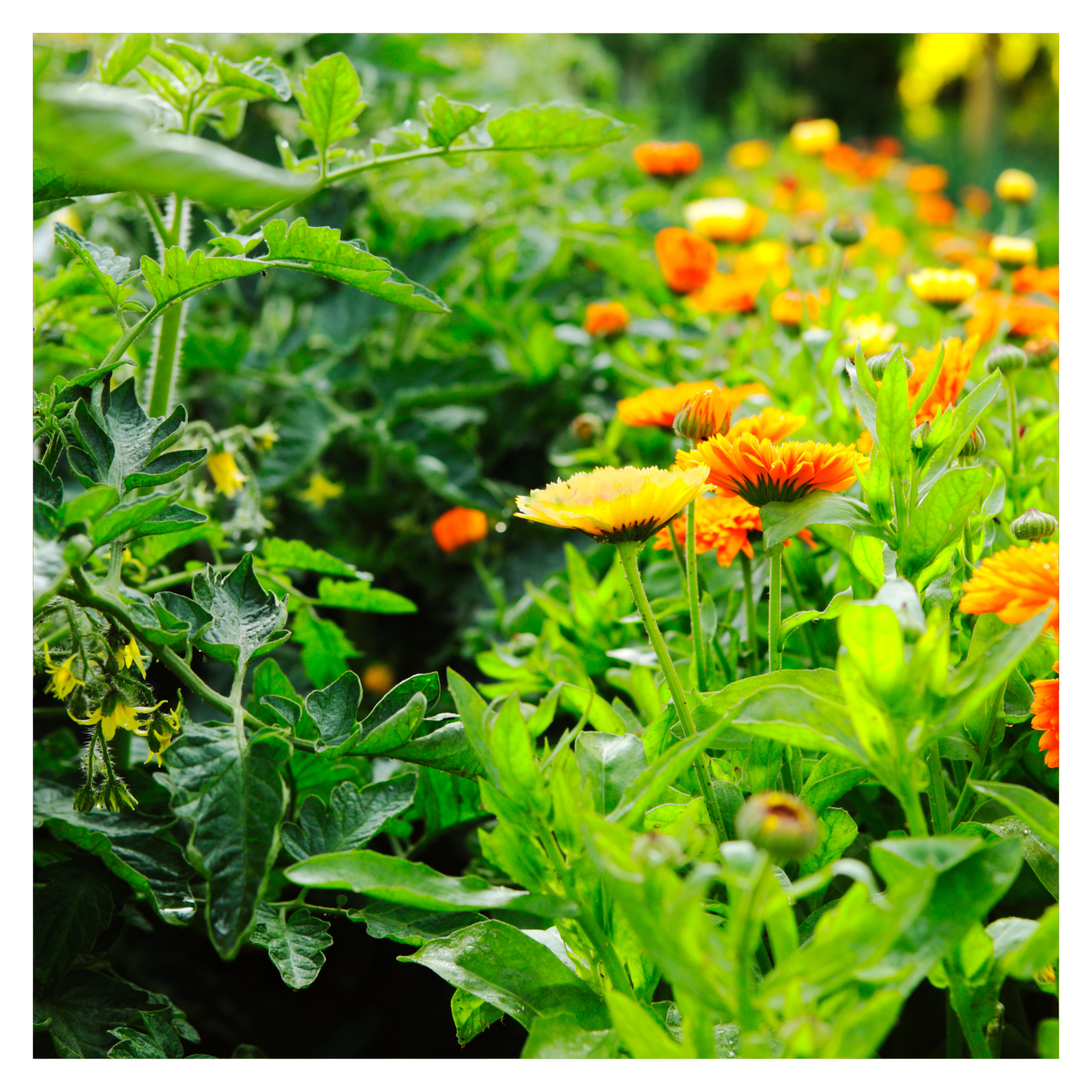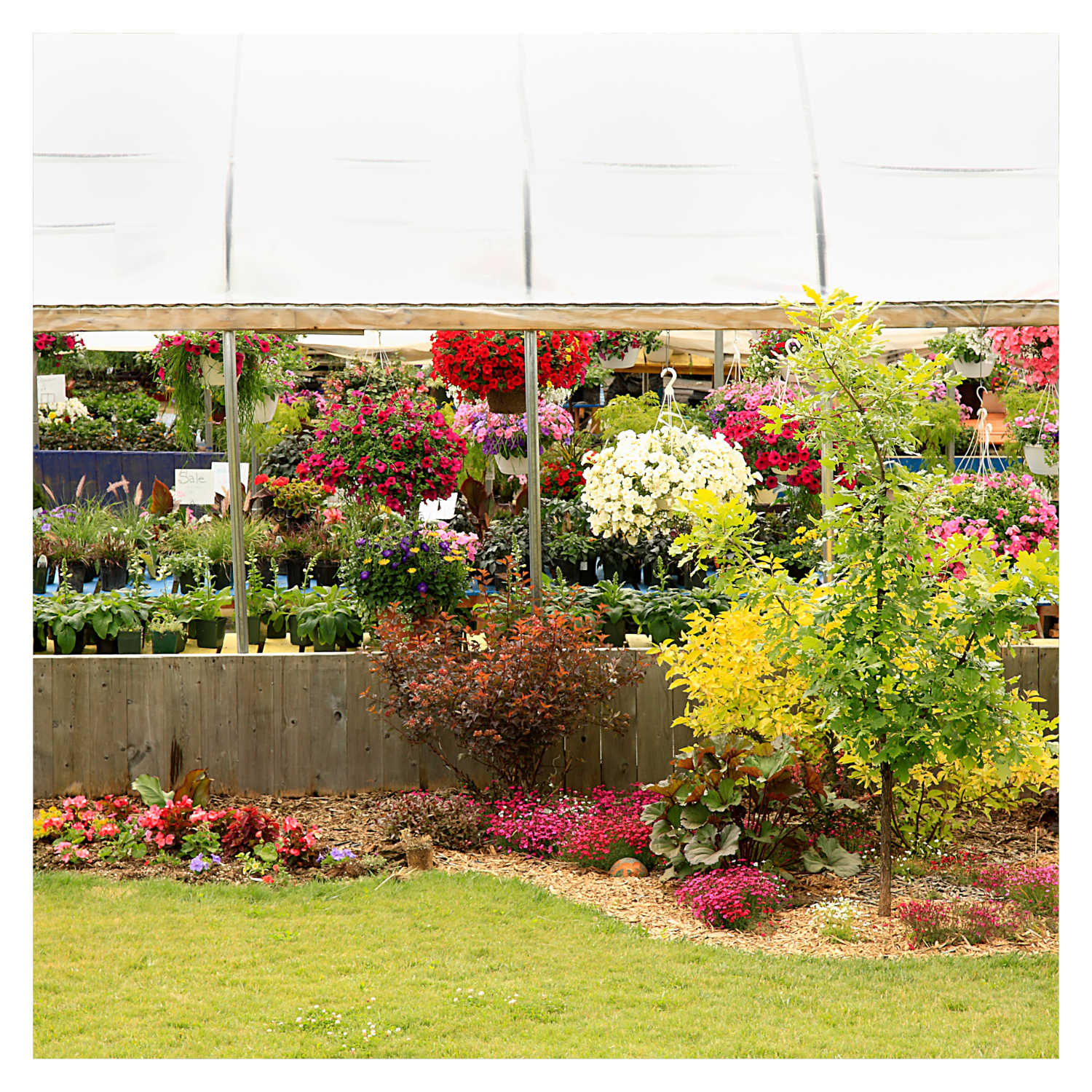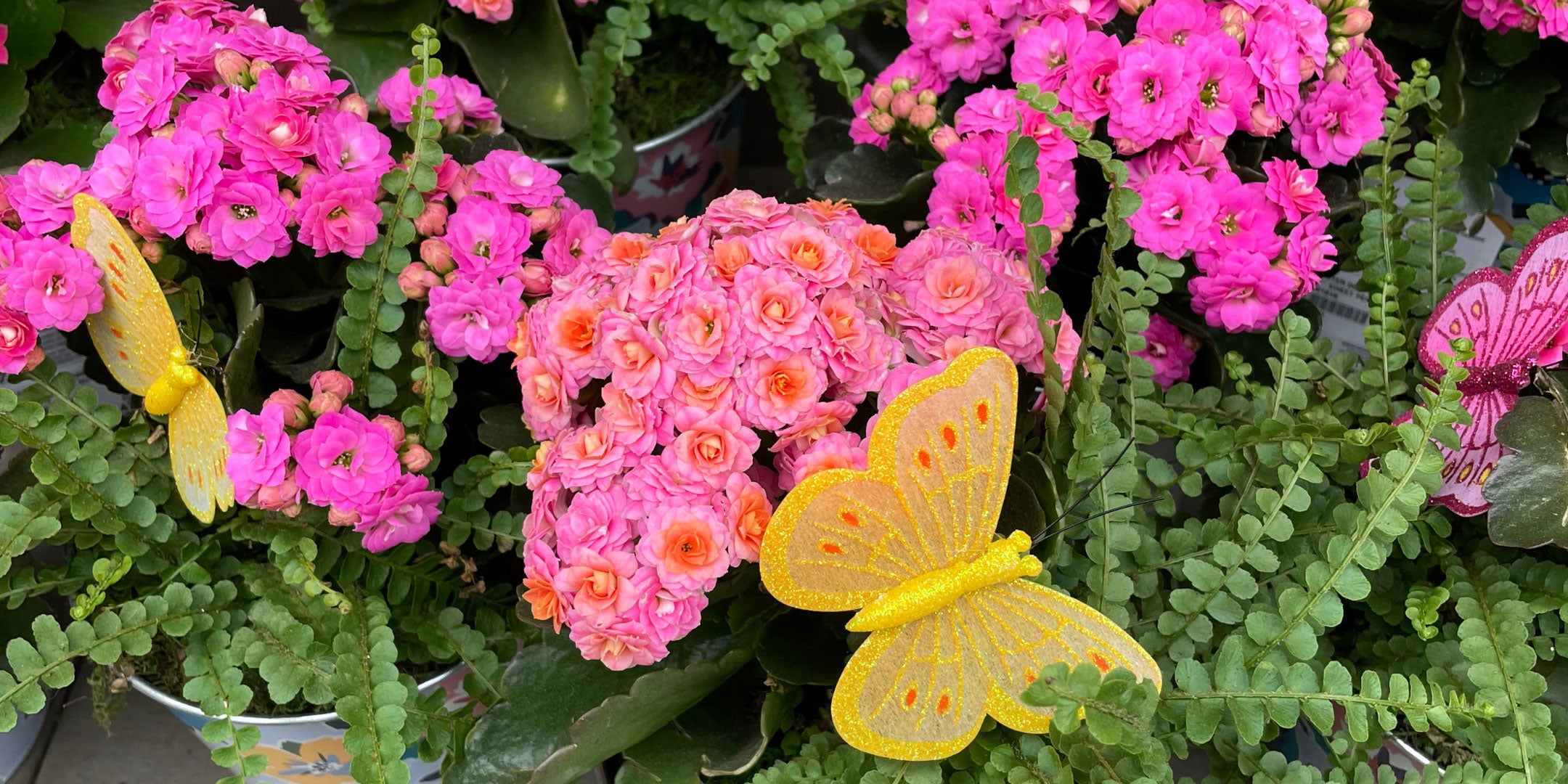As gardeners in Northern Ontario, we are blessed with a beautiful environment and diverse weather patterns, including ample rainfall. In an era where sustainable practices are gaining precedence, the concept of Rain Gardens emerges as a powerful and eco-friendly trend. Creating a rain garden is a fantastic way to optimize rainfall and watering, ensuring that every precious drop is utilized efficiently. This not only conserves water but also reduces runoff and helps maintain a healthy ecosystem. Let's explore how to design a rain garden with the perfect blend of perennials and annuals, tailored for Zone 4, and discover effective methods to manage rainwater.
What is a Rain Garden?
A rain garden incorporates thoughtful landscaping practices and a strategically designed garden bed to capture and utilize rainwater runoff from roofs, driveways, and other hard surfaces. By allowing water to infiltrate the soil rather than running off into storm drains, rain gardens help reduce erosion, filter pollutants, and recharge groundwater.
Methods to Slow Down Rainwater Flow
Managing the flow of rainwater is essential in preventing erosion and maximizing water absorption. Here are a few techniques:
- Sloping & Grading:
- Choose the location of your garden to maximize water flow into the garden.
- Guide water movement towards your garden.
- Ensure even distribution of water throughout.
- Swales:
- Shallow, vegetated channels that direct and slow down water flow.
- Can be lined with gravel or stones to further reduce speed and prevent erosion.
- Rain Barrels:
- Collect rainwater from downspouts for later use in your garden.
- Reduce runoff and conserve water.
- Mulching For Water Retention:
- Apply a thick layer of mulch around plants and throughout the garden.
- Mulch helps retain moisture and reduce soil erosion.
- Terracing:
- Create small, level steps on slopes.
- Slows down water flow and increases infiltration.
Capturing Wastewater
Incorporating wastewater capture into your garden can further enhance water conservation. Consider these methods:
- Greywater Systems:
- Redirect greywater from sinks, showers, and laundry to your garden.
- Use non-toxic, biodegradable soaps and detergents.
- Rain Chains:
- Decorative alternatives to downspouts that guide water into your garden.
- Slows down the flow and adds aesthetic appeal.
Choosing the Right Plants
Selecting the right plants for your rain garden is crucial for its success. In Northern Ontario's Zone 4, you'll want to choose hardy perennials and annuals that thrive in our climate.
Perennials:
- Joe-Pye Weed (Eutrochium purpureum):
- Prefers full sun to partial shade
- Attracts pollinators like butterflies and bees
- Tolerant of moist soil
- Black-Eyed Susan (Rudbeckia hirta):
- Full sun
- Bright, cheerful flowers
- Drought-tolerant once established
- Blue Flag Iris (Iris versicolor):
- Partial shade to full sun
- Moist, well-drained soil
- Adds vibrant blue-purple color to the garden
- Canada Anemone (Anemone canadensis):
- Partial shade
- Thrives in wet conditions
- Excellent ground cover
Annuals:
- Marigold (Tagetes spp.):
- Full sun
- Bright, long-lasting flowers
- Helps repel pests
- Zinnia (Zinnia elegans):
- Full sun
- Wide range of colours
- Attracts butterflies
- Salvia (Salvia splendens):
- Full sun
- Vibrant flowers
- Heat-tolerant
- Snapdragon (Antirrhinum majus):
- Full sun to partial shade
- Tall spikes of flowers
- Deer-resistant
Benefits of Rain Gardens in Northern Ontario
Mitigating Stormwater Runoff: Like many urban areas, Northern Ontario faces challenges related to stormwater runoff. Rain Gardens act as natural buffers, reducing the volume and velocity of runoff, which helps prevent flooding and erosion.
Improving Water Quality: As stormwater passes through the soil in Rain Gardens, pollutants and sediments are filtered out. This process improves the quality of water that eventually reaches local water bodies, contributing to the health of aquatic ecosystems.
Conserving Water: By capturing and utilizing rainwater, Rain Gardens contribute to water conservation efforts. This is particularly significant in regions where water scarcity can be a concern.
Enhancing Biodiversity: The use of native plants in Rain Gardens attracts a variety of local wildlife, including pollinators and birds. This promotes biodiversity and creates a more vibrant and ecologically balanced environment.
Adapting to Climate Variability: Northern Ontario's climate, characterized by variable precipitation patterns, makes Rain Gardens a valuable tool for adapting to climate change. They provide a flexible and sustainable solution to manage water resources effectively.
Final Tips
- Soil Preparation: Ensure well-draining soil with ample organic matter.
- Layering: Plant in layers to mimic natural ecosystems—taller plants in the center, shorter around the edges.
- Maintenance: Regularly weed, prune, and mulch to keep your rain garden healthy and efficient.
Creating an eco-friendly rain garden not only enhances the beauty of your landscape but also supports a sustainable environment. By carefully selecting plants and implementing effective water management techniques, you can create a thriving oasis that preserves every drop of rainwater.




